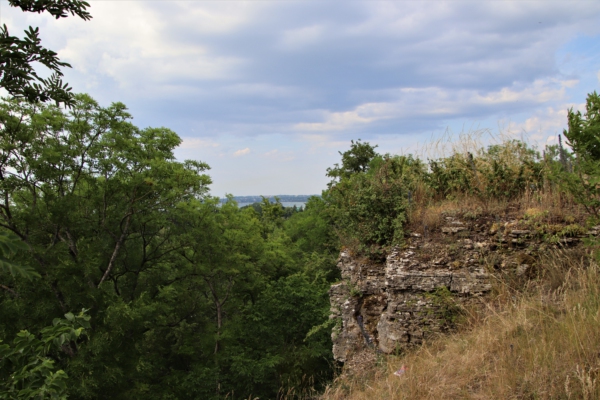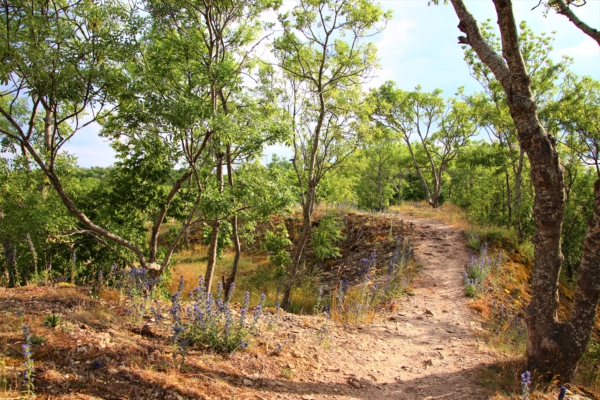Klindipark brings out the hidden biodiversity
Klindi Park forms an important part of the green movement network of the Tallinn 2035 strategy and is an important undertaking as the green capital of Europe. The goal of Klindi Park is to turn the almost 9 km long limestone outcrop on the border of the Kesklinn, Lasnamäe and Pirita districts into a coherent and complete journey, characterized by natural diversity and nature-centered solutions.
The construction of Klindi Park is an important part of the green mobility network mentioned in Tallinn’s 2035 development strategy and an essential step for the European Green Capital. The objective of Klindi Park is to make the approximately nine-kilometre-long limestone rock outcrop along the border of the City Centre, Lasnamäe and Pirita districts a cohesive and integrated path defined by biodiversity and nature-oriented solutions.
The goal of creating the park is to showcase its currently hidden natural resources. The area has many natural communities, such as alvar grasslands, ruins of mines and dense forests on the banks. It is also an important habitat for various protected plant and bird species. In addition to animals, the park area is a popular spot among residents to go on walks or have picnics. The objective is to create a pleasant environment with leisure facilities while interfering with nature as little as possible.
Klindi Park provides an opportunity to showcase the unique nature of the glint area by guiding visitors through various regions of the area and introducing them to a number of urban spatial planning solutions. The total glint area route is interconnected with the current urban space and its mobility network and thanks to that, people can travel through it section by section in the future. The objective of Klindi Park is to create a pleasant recreational area for everyone.
The area on top of the glint forms the Lasnamäe-Pirita green area. The Pollinator Highway, which passes through six districts, meets it on the other side.
It is important to celebrate and showcase the diversity of the glint area in Tallinn that includes the city centre, an open limestone plateau and some forested landscapes, as well as to communicate the cultural heritage and legacy of various regions located on the route.
It is also essential to value and preserve the current natural environment and showcase the exceptional nature of the glint area and its role as a symbolic Estonian landscape – to highlight and accentuate the currently hidden natural resources.
The winner of the Klindi Park design competition (OÜ Sfäär Planeeringud) was announced in October 2022. Tallinn will sign a contract with the winner to start working on the park’s design. During the first stage of building the Klindi Park, a new bridge will be opened in Suhkrumäe in 2023 which will make the whole journey a lot safer.
As a European Green Capital, one of Tallinn’s main objectives is to develop its green network and interconnect green areas. Pollinator Highway, an area connecting six districts in the west (City Centre, Põhja-Tallinn, Kristiine, Haabersti, Mustamäe, Nõmme), has an important role in Tallinn’s green mobility network plan. The plan aims to create a more environmentally-friendly urban space that is suitable for a green capital. In the east, the city is creating Klindi Park, a green corridor connecting the City Centre, Lasnamäe and Pirita.



